CG Trader
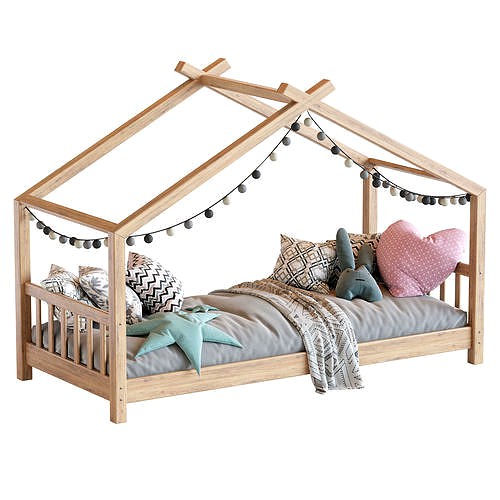
Children bed wood house
by CG Trader
Last crawled date: 1 year, 10 months ago
Dimensions W. 208 x D. 97 x H. 146 cm VitaliSpa Kinderbett Hausbett DESIGN 90x200cm Kinder Bett Holz Haus Hausbett natur The name crib was used to describe a slatted, high-sided child's bed.[1] It derives from the Old English word cribb which means manger (food trough, referring to the shape of a bassinette) or stall (implying corralling the child). It wasn't until the 19th century that infant beds developed from bassinettes, acquiring a role of keeping the child in their bed. The development of a distinction between infant beds and bassinettes was natural because it was considered vital that the child's bed be raised off the ground.[1] This was due to a perception of noxious fumes below knee level, and explosive vapours near the ceiling, with good air in between.[1] Once children's beds were raised off the ground the role of the sides changed from a convenience to a safety feature. It was recognised that once children learn to stand they may be able to get out of a bed with low sides. According to an expert of the time, infant beds were used once the child was 12 months old. Often one side was hinged to open the enclosure, a function fulfilled in modern infant beds with a dropside. With the hinge side lowered, the bed could be moved on casters, and they could be moved right up to the carer's bed when needed.[1] Iron beds were developed in 17th century Italy to address concerns about bed bug infestation and moths.[2] This new application was quickly extended to children's beds - a rockable iron bassinette (with spear-like corner posts) has been dated to 1620–1640.[2] Proponents promoted the supposed health benefits of iron beds. Infant beds constructed from metal became popular during the later half of the 19th century.[1] Infant beds (and bassinettes) constructed from iron with mesh or chain sides were common. Childcare experts gave iron beds their approval because it was hygienic material (compared with wood) and could not habour vermin,[1] of which bed bug infestation, lice and moths were cited concerns.[2] Commonly painted with a white vitreous enamel, later manufacturers working with wood continued to paint in the now traditional white; unfortunately this was often lead paint, and children were notorious for chewing and sucking the sweet surface children bed wood house kinder bett holz haus pillows bedroom family furniture pillow sleep wooden sofa suburban henmat classic modern
Similar models
3dbaza
$4

Children bed wood house (199949)
...lt;br>dimensions w. 208 x d. 97 x h. 146 cm vitalispa kinderbett hausbett design 90x200cm kinder bett holz haus hausbett natur
3d_export
$15

Wooden Crib 3D Model
...stock small infants wood young children child cage babies bassinet bassinette newborn
wooden crib 3d model firdz3d 78133 3dexport
3d_export
$15

Baby Cradle 3D Model
...all infants young children child cage babies bassinet bassinette newborn care nursery
baby cradle 3d model firdz3d 77684 3dexport
3dwarehouse
free

Kid's Bed
...ttress for two kids. #bed #child #childs #children #childrens #deciji #decji #dečiji #dečji #furniture #kid #kids #kinder #krevet
3dwarehouse
free

Kid's Bed
...ild #childs #children #childrens #deciji #decji #dečiji #dečji #furniture #kid #kids_bed #kids #kinder #krevet #otroška #postelja
3d_export
$10

Baby Cradle v2 3D Model
...sinette newborn care nursery
baby cradle v2 3d model download .c4d .max .obj .fbx .ma .lwo .3ds .3dm .stl firdz3d 107338 3dexport
3d_export
$15

Bedroom childrens 3D Model
...
bed wood vray 3ds max obj bedroom child child's bedding photorealistic
bedroom childrens 3d model qsefthuken2 86752 3dexport
cg_trader
$3

Child bed | 3D
...child bed | 3d
cg trader
beautiful bed for children's room, shaped like a house, in wood, with pillows and lamps.
3dwarehouse
free

Bett
...bett
3dwarehouse
futonbett, 1,40 x 2,00 #bed #bett #einrichtung #furniture #holz #möbel
3dwarehouse
free

bed for a child - Kinderbett 'Sandmännchen'
...3dwarehouse
die zeichnungen zum nachbauen gibt es auf unserer homepage ! #bed_for_a_child #bett #children #cot #crib #kinderbett
Children
3d_export
$15

children room
...children room
3dexport
children room
3d_export
free

childrens
...childrens
3dexport
3d_export
$10

childrens bedroom
...childrens bedroom
3dexport
childrens bedroom 3dmax vray
3d_export
$10

childrens bedroom
...childrens bedroom
3dexport
childrens bedroom 3dmax vray
3d_export
$10

childrens bedroom
...childrens bedroom
3dexport
childrens bedroom 3dmax vray
3d_export
$10

childrens bedroom
...childrens bedroom
3dexport
childrens bedroom 3dmax vray
3d_export
$10

childrens bedroom
...childrens bedroom
3dexport
childrens bedroom 3dmax vray
3d_export
$10

childrens bedroom
...childrens bedroom
3dexport
childrens bedroom 3dmax vray
3d_export
$10

childrens bedroom
...childrens bedroom
3dexport
childrens bedroom 3dmax vray
3d_export
$10

childrens bedroom
...childrens bedroom
3dexport
childrens bedroom 3dmax vray
Bed
3ddd
$1
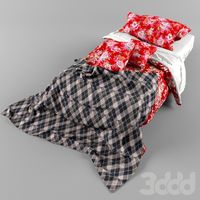
bed
...bed
3ddd
bed , постельное белье
bed
3ddd
$1

bed
...bed
3ddd
bed , постельное белье
bed
3ddd
$1
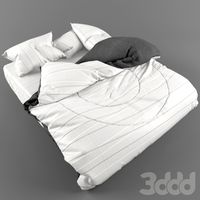
bed
...bed
3ddd
bed , постельное белье
bed
3ddd
$1
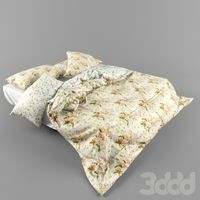
bed
...bed
3ddd
bed , постельное белье
bed
3ddd
$1
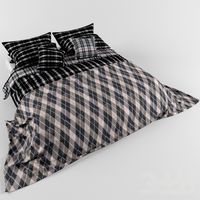
bed
...bed
3ddd
bed , постельное белье
bed
3ddd
$1

bed
...bed
3ddd
bed , постельное белье
bed
3ddd
free
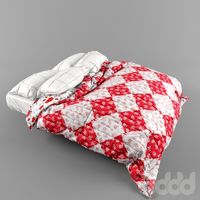
bed
...bed
3ddd
bed , постельное белье
bed
3ddd
free
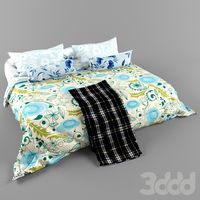
bed
...bed
3ddd
bed , постельное белье
bed
3ddd
$1
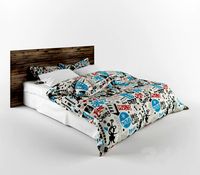
Bed
...bed
3ddd
bed , постельное белье , постель
bed
3d_export
$7

bed adairs bed
...rs bed
3dexport
bed adairs bed in modern style. if you want a smoother surface, please turn on turbosmooth in the modifier list.
Wood
3ddd
$1

Wood
...wood
3ddd
wood
3ddd
$1

Wood
...wood
3ddd
wood
3ddd
$1

Wood
...wood
3ddd
wood
3ddd
$1

Wood
...wood
3ddd
wood
3ddd
$1

Wood
...wood
3ddd
доска
wood
3ddd
$1

Wood
...wood
3ddd
доска
wood
3ddd
$1

wood
...wood
3ddd
дрова
wood, log
3d_ocean
$3

Wood Crate
...wood crate
3docean
box crate wood
a model of a wood crate
3ddd
free

Wood crafts
...wood crafts
3ddd
wood , crafts
wood crafts of chinese style
turbosquid
$2

Wood
...od
turbosquid
royalty free 3d model wood for download as obj on turbosquid: 3d models for games, architecture, videos. (1576561)
House
archibase_planet
free
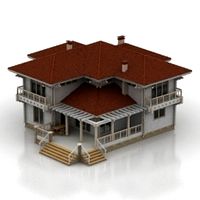
House
...t
house residential house private house wooden house
house wooden n290815 - 3d model (*.gsm+*.3ds) for exterior 3d visualization.
archibase_planet
free
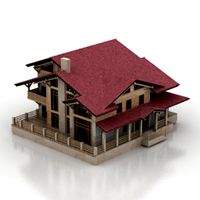
House
...use residential house private house wooden house
house wood stone n140815 - 3d model (*.gsm+*.3ds) for exterior 3d visualization.
archibase_planet
free

House
...ibase planet
house residential house building private house
house n050615 - 3d model (*.gsm+*.3ds) for exterior 3d visualization.
archibase_planet
free
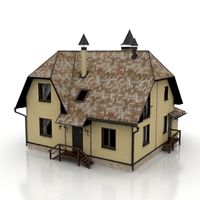
House
...ibase planet
house residential house building private house
house n030615 - 3d model (*.gsm+*.3ds) for exterior 3d visualization.
archibase_planet
free

House
...ibase planet
house residential house building private house
house n230715 - 3d model (*.gsm+*.3ds) for exterior 3d visualization.
archibase_planet
free

House
...ibase planet
house residential house building private house
house n240615 - 3d model (*.gsm+*.3ds) for exterior 3d visualization.
archibase_planet
free

House
...ibase planet
house residential house building private house
house n290815 - 3d model (*.gsm+*.3ds) for exterior 3d visualization.
archibase_planet
free

House
...ibase planet
house residential house building private house
house n110915 - 3d model (*.gsm+*.3ds) for exterior 3d visualization.
archibase_planet
free
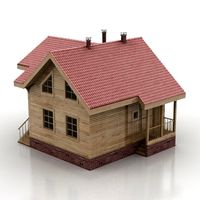
House
...ibase planet
house residential house building private house
house n120915 - 3d model (*.gsm+*.3ds) for exterior 3d visualization.
archibase_planet
free
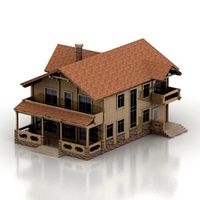
House
...ibase planet
house residential house building private house
house n210915 - 3d model (*.gsm+*.3ds) for exterior 3d visualization.
